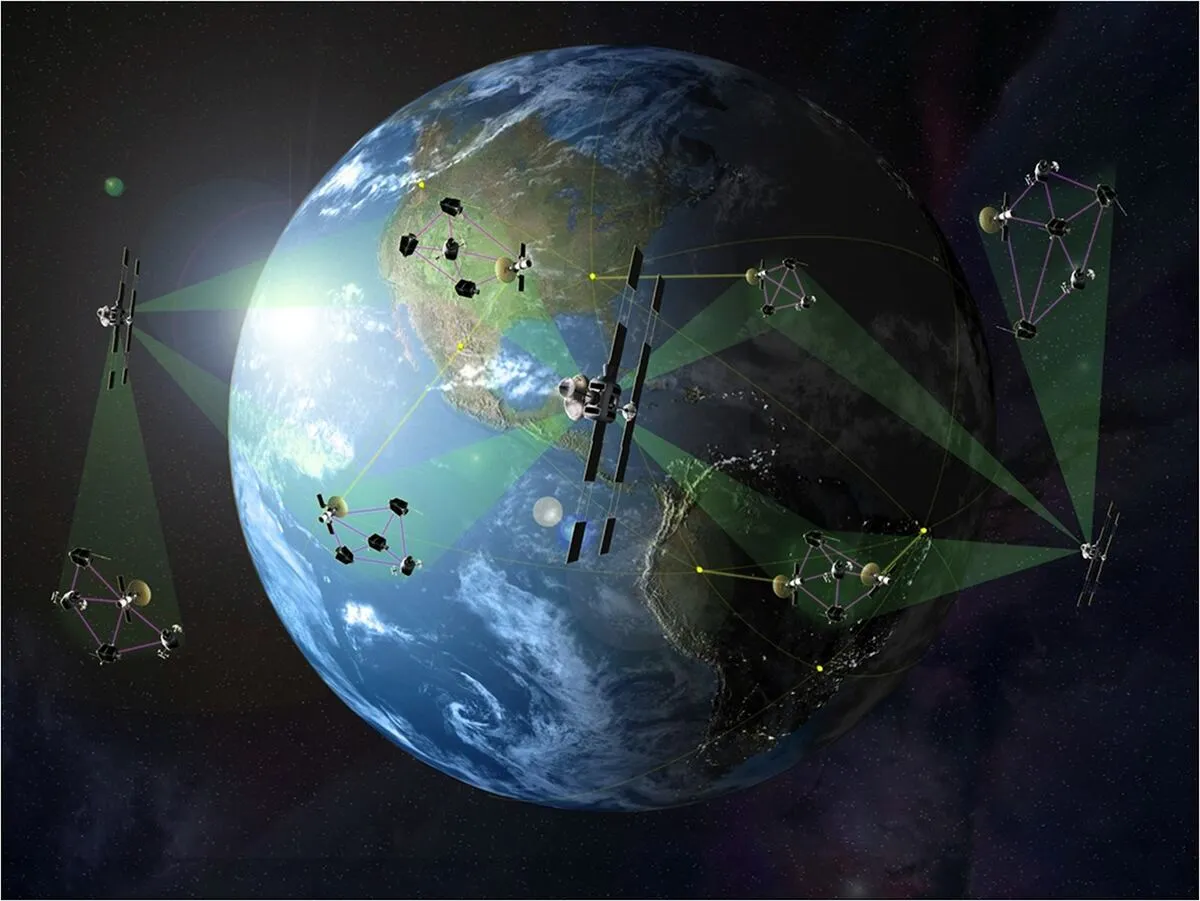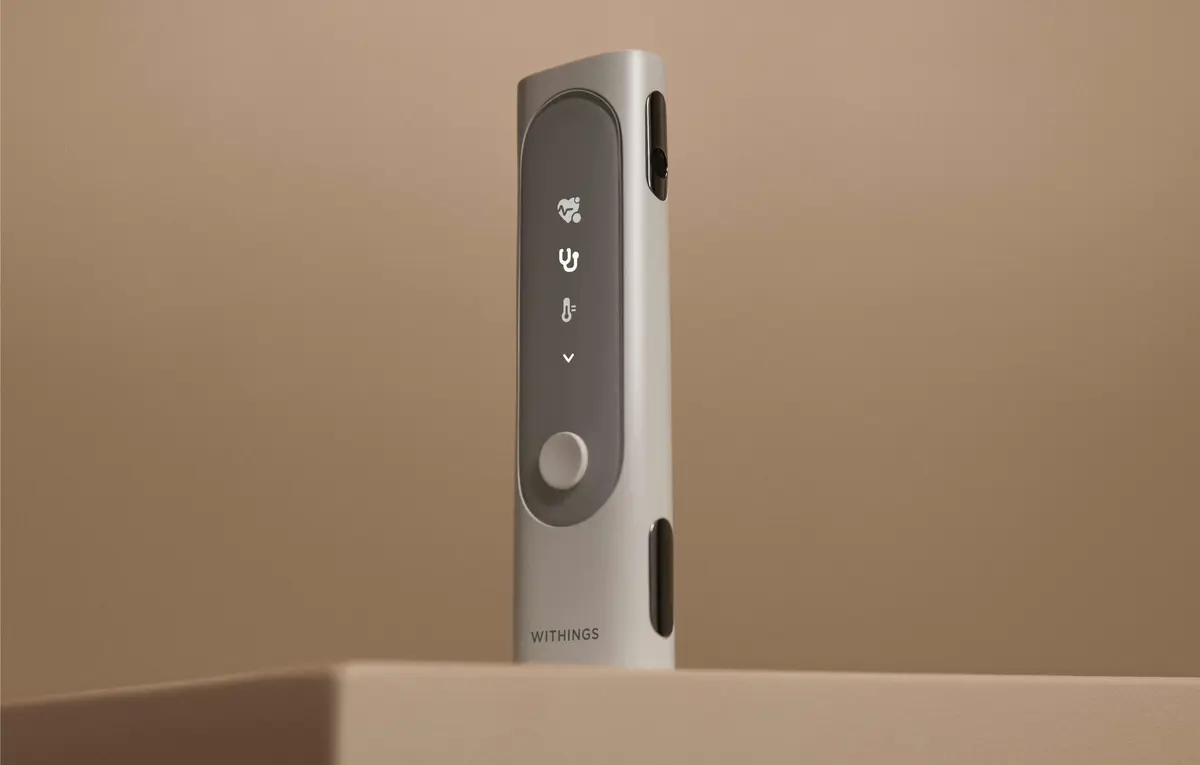NOAA scientists found that the stratosphere above seven miles contains meteoric’ space dust,’ metal particles from satellites, and spent rocket boosters melted by re-entry heat.
An examination of data from a high-altitude research plane over the Arctic during a NOAA Chemical Science Laboratory mission named SABRE (Stratospheric Aerosol Processes, Budget, and Radiative Effects) led to the discovery. It’s the agency’s most comprehensive and intensive study of stratospheric aerosol particles. Which governs Earth’s climate and contains the ozone layer.
Using an extremely sensitive instrument custom-built at NOAA in Boulder, Colorado, and mounted in the nose of a NASA WB-57 research aircraft, scientists found aluminum and exotic metals in about 10% of sulfuric acid particles, which make up most stratospheric particles. They also found a match between the rare elements. They detected rocket and satellite alloys, confirming their source as metal evaporated from spacecraft reentering Earth’s atmosphere.
Stratospheric Pollution and Space Debris Reentry: Linking Niobium and Hafnium to the Aircraft Industry
Chemistry Laboratory research chemist Daniel Murphy led a team of CIRES, Purdue, and Leeds scientists. “Two of the most surprising elements we saw in these particles were niobium and hafnium,” he added. Both elements are rare and unexpected in the stratosphere. Where and how these metals got there was a mystery.”
SABRE studied aerosols, microscopic particles that absorb and reflect the Sun’s rays. Sheltering the Earth and can serve as surfaces for ozone-destroying chemical processes. This research by NOAA scientists links stratospheric pollution to space debris reentry for the first time.
Read: Gitai Raises $30 Million to Revolutionize Space Operations with Robots Workforce
Niobium and hafnium are refined from mineral ores. Semiconductors and superalloys employ them. Beyond these two rare elements, several particles contained copper, lithium, and aluminum at amounts significantly greater than meteoric, or ‘space dust.’ Murphy said heat-resistant, high-performance alloys with aluminum, copper, niobium, and hafnium guided us to the aircraft industry.
Scientists found over 20 elements from spacecraft and satellite reentry in SABRE particles, including silver, iron, lead, magnesium, titanium, beryllium, chromium, nickel, zinc, and lithium.
Fingerprinting the chemical composition of particles
A custom-built equipment called PALMS, short for Particle Analysis by Laser Spectrometry, ingests and chemically analyzes airborne particles one by one as the aircraft is in flight, helping NOAA scientists discover so many metals. The WB-57’s nose cone has PALMS and a wide forward-facing air intake inlet.
Aerosol particles enter the entrance and pass through two laser beams that measure their size and speed. The particle is then precisely vaporized by a third high-powered laser. The electrically charged remnants are swept into equal mass spectrometers for high-quality and poor ions. The spectrometers create a chemical “fingerprint” for each particle by determining its atomic mass and the relative abundance of each element.
Source:
Featured Image By: pixabay.com




